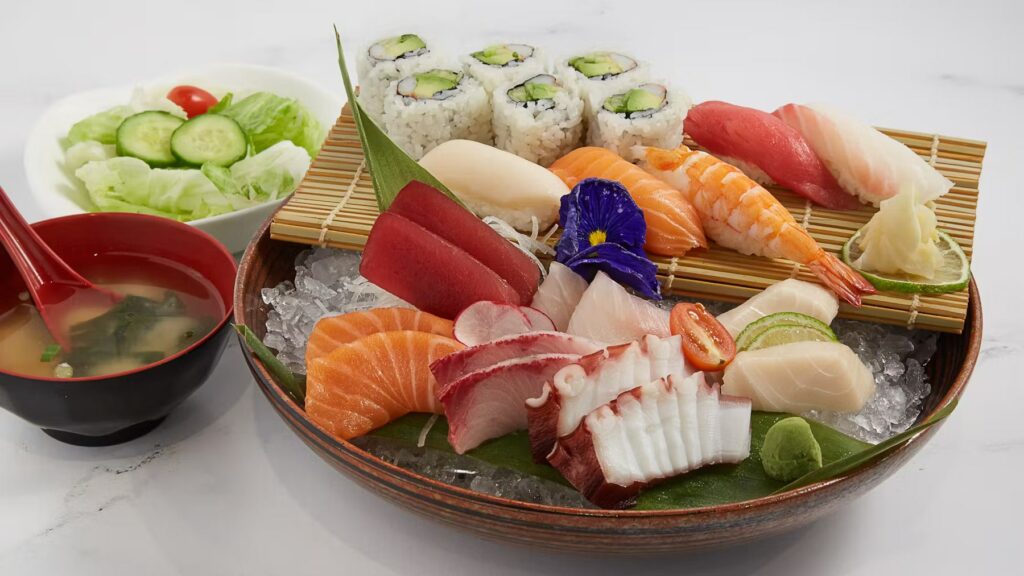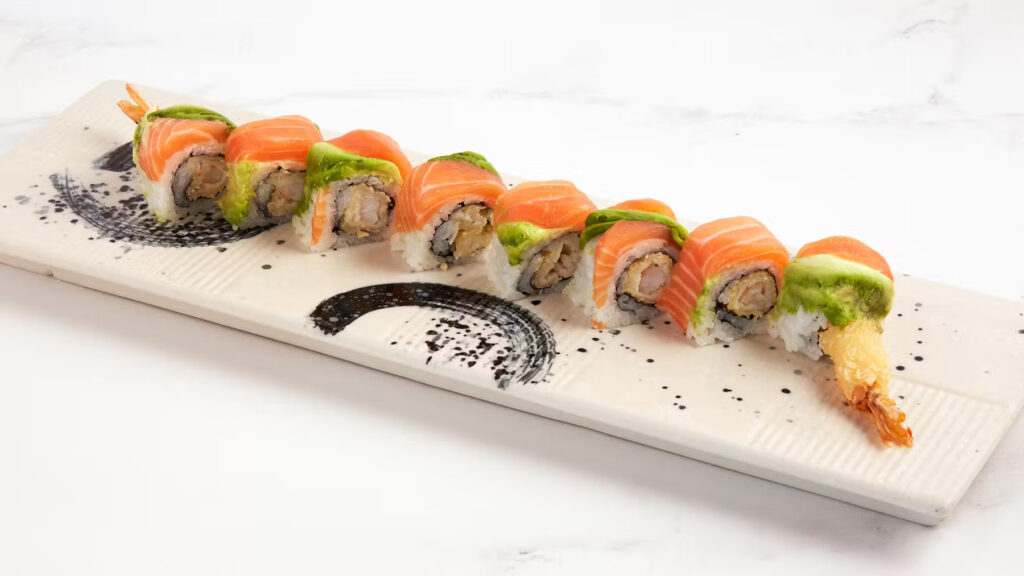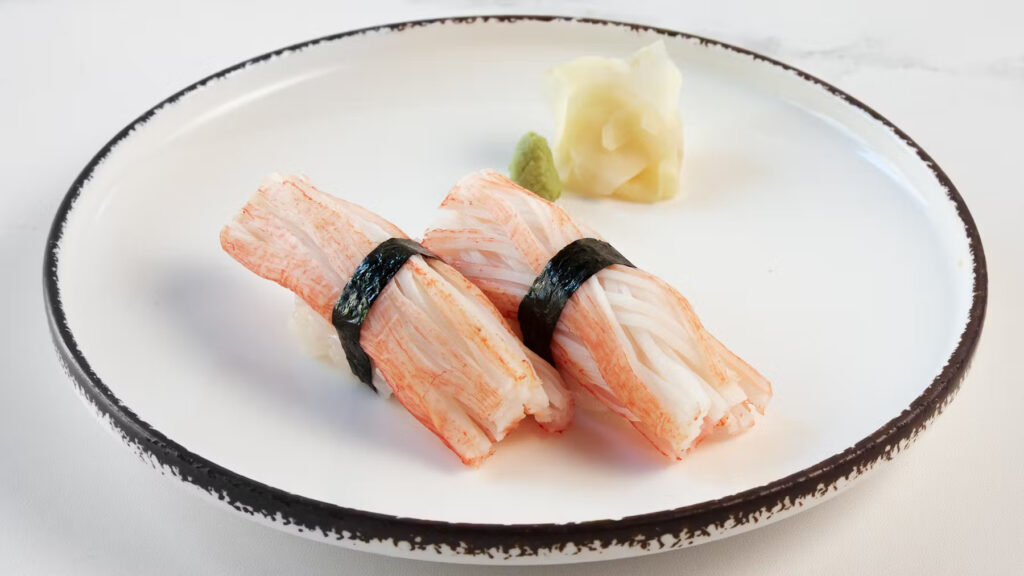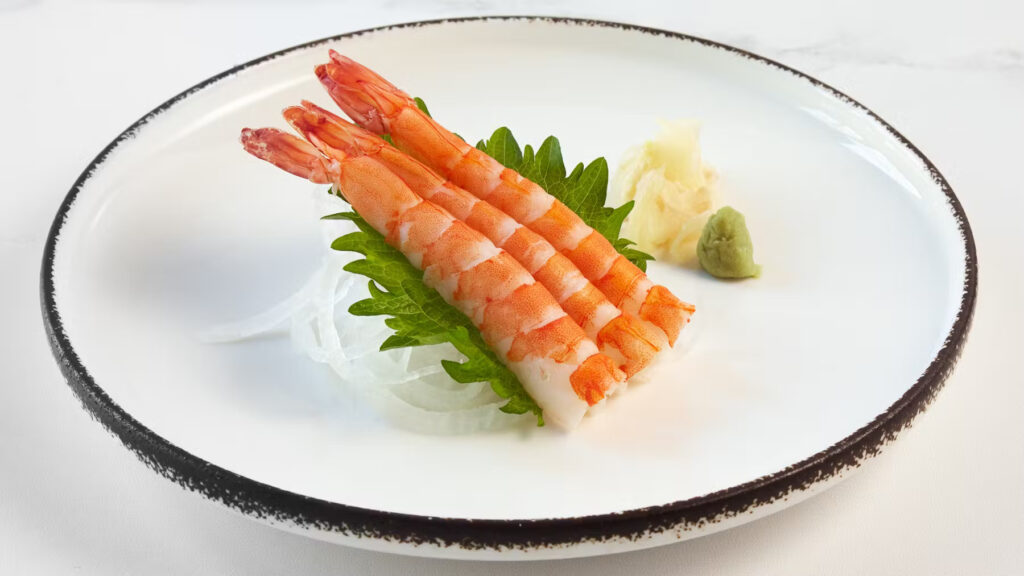Japan is considered to be one of the fittest countries worldwide, mostly thanks to its dedication to serving the healthiest Japanese food options. Healthy Japanese food focus on using fresh ingredients, including plenty of vegetables, fish, and seaweed. Though sushi and ramen have gained global fame, there are other items in Japanese restaurant menus worth trying.
The Essence of Japanese Healthy Food
Japanese dishes offer delicious yet healthy cuisine. The healthiest Japanese meals include fish, vegetables, and noodles, emphasizing plant-based proteins rather than animal products, which may be high in cholesterol and fat.
One key reason Japanese people live long, healthy lives is their diet. Rich in essential nutrients, the Japanese diet helps shield its people against cancer, high blood pressure, heart disease, and obesity. Japanese diets feature many steamed or raw staples to reduce calorie consumption, and many opt for fish or poultry instead of red meat to lower cholesterol levels and prevent heart disease, high blood pressure, and diabetes.
Embracing Wholesome Ingredients
Japanese cuisine emphasizes fresh, high-quality, and seasonal ingredients. This commitment to wholesome components forms the cornerstone of healthy Japanese cooking. Japanese culture values root vegetables and seaweed as both are good sources of vitamin C, making these staple foods easily accessible for consumption. Popular pickled veggies like daikon radish, cabbage, or cucumber contain plenty of good bacteria that help with digestion, stomach health, and bowel movement. A tasty Japanese snack known as Tsukemono contains many such pickled items to aid in digestive processes and support healthy stomach environments and bowel movements.
Balanced Nutritional Profiles
Japanese dishes are meticulously crafted to provide balanced nutritional profiles. From proteins to essential vitamins, each meal aims to nourish the body holistically. Traditionally, they feature root vegetables such as daikon radishes and turnips as staple Japanese food as these low-calorie, fiber-rich veggies provide filling and satisfying meals that can also help prevent colds and other common illnesses. Furthermore, daikon radishes contain vitamin C to ward off colds, while manganese helps reduce inflammation for cardiovascular and bone health benefits.
Healthy Japanese Food: 10 Must-try dishes
Sushi is a beloved staple in Japanese cuisine, known for both its delicious taste and nutritional benefits. Sushi’s essential components include vitamins, minerals, and health-promoting compounds like omega-3 fatty acids, which have been proven to reduce heart disease risk factors while improving cholesterol levels, circulation, and cognitive performance.
1. Sushi: Sashimi Splendor
Sashimi, which consists of raw fish slices sliced thin, is another traditional and healthy Japanese food that offers omega-3 fatty acids thought to protect against cardiovascular disease.
2. Sushi: Nigiri Nirvana
Nigiri sushi combines vinegared rice and fresh fish. Its portion control and nutrient-rich composition make it a go-to healthy choice.
Bountiful Bowls and Donburi Plates
3. Poke Bowl Perfection
Originating from Hawaii but deeply rooted in Japanese culinary influences, poke bowls are a health powerhouse. Packed with fresh fish, vegetables, and rice, they offer a balanced meal in a bowl.
4. Donburi Delicacies
Donburi dishes feature a bowl of rice topped with various ingredients. Opt for options like Chirashi Don, a colorful assortment of sashimi over rice, for a nutritious meal.
Superlative Soups
5. Miso Magic
Miso soup, a staple in Japanese meals, is rich in probiotics and antioxidants. Its fermented goodness supports gut health and boosts the immune system.
6. Udon Utopia
Udon noodle soup, with its thick wheat noodles and vegetable-based broth, is a comforting yet healthy choice. Customize with tofu and an array of vegetables for added nutrition.
Grill and Griddle Goodness
7. Yakitori Triumph
Yakitori, skewered and grilled chicken, is a protein-packed option. The grilling method reduces added fats, making it a lean and flavorful choice.
8. Okonomiyaki Bliss
Okonomiyaki, often dubbed a Japanese savory pancake, is a versatile dish. Loaded with cabbage and other ingredients, it offers a delightful combination of textures and flavors.
Snacking Smart
9. Edamame Elegance
Edamame, young soybeans, are a protein-rich and satisfying snack. Packed with fiber, they contribute to a sense of fullness.
10. Seaweed Sensation
Roasted seaweed provides a low-calorie alternative to traditional healthy Japanese snacks. Rich in vitamins and minerals, they’re a crunchy and nutritious delight.
Crafting Healthier Japanese Meals at Home
Ingredient Substitutions
Experiment with healthier alternatives like brown rice instead of white for added fiber. Opt for lean proteins like tofu or grilled fish to reduce saturated fats.
Mindful Portions
Japanese culture emphasizes the importance of savoring each bite. Practice mindful eating to appreciate flavors and control portion sizes.
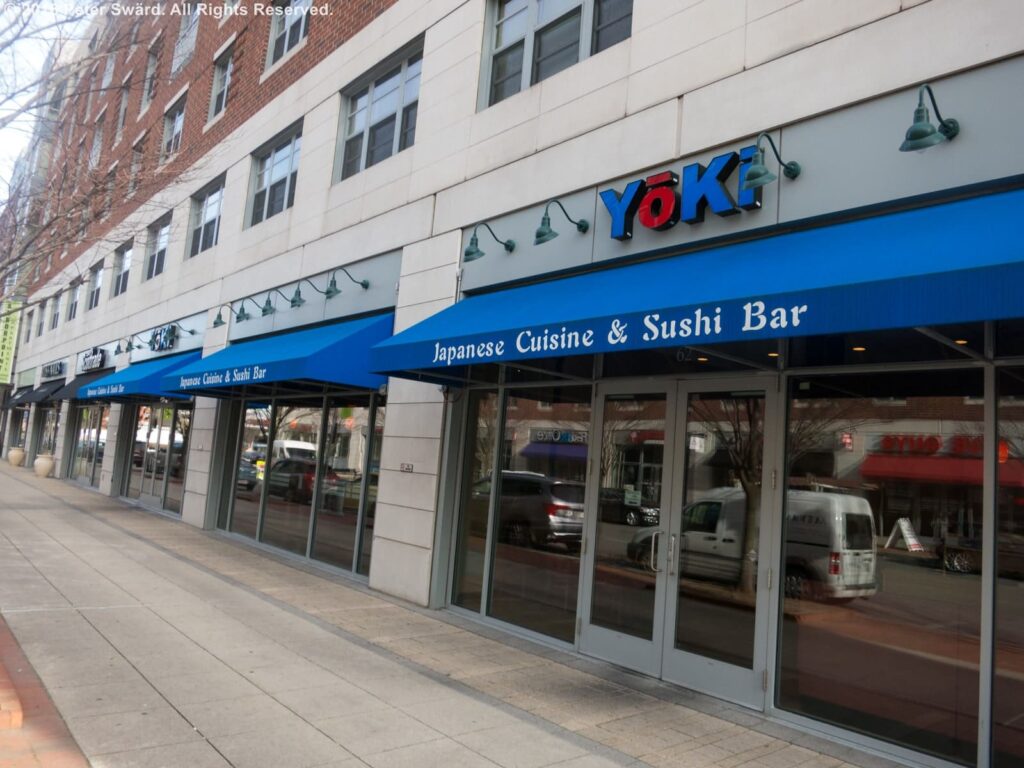
Yoki Japanese Restaurant in Medford, Massachusetts is a favorite of writer Max Collins (Photo courtesy Yoki Restaurant)
Conclusion: A Culinary Journey to Wellness
Japanese diets are widely recognized for being among the healthiest in the world. Healthy Japanese food boasts plenty of fish and vegetables while forgoing red meat and fast foods. Rich with vitamins that promote heart health, fight cancer, and lower cholesterol, their diet includes soy products, green tea, and fermented foods that contribute to its long-term effectiveness in maintaining good health – qualities attributed to Japanese longevity and good fortune.
For More:
- On our site: Etiquette Guide: How to Dine in a Japanese Restaurant
- On our site: In the Middle of It All: San Francisco’s Japantown
- Also on our site: A Visit to the Famous Tsukiji Fish Market in Tokyo
- Also on our site: Afuri Ramen and Dumpling: Bowls of Steamy Goodness
- Want to make ramen at home: Easy Homemade Ramen
-All photos courtesy of Yoki Restaurant , except as credited.


